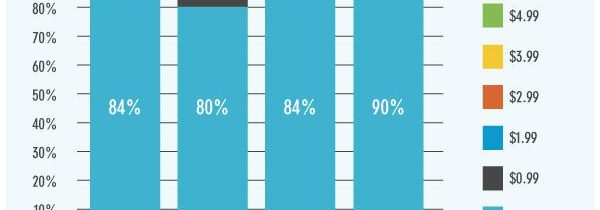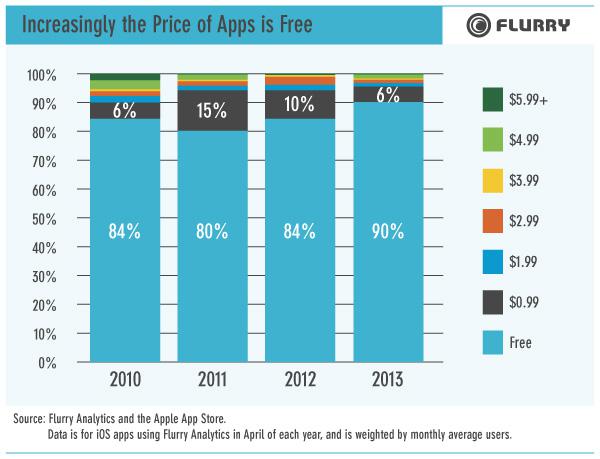Is it the End of “Free to Play”? Google and Facebook’s New App Guidelines May Say So.
Over the past few weeks both Google and Facebook announced major changes to how games with in-app purchases (IAPs) are able to be advertised on their networks. Google for instance, plans to instate several new policies by the end of September, including:
- No longer allowing apps to be categorized as “free” if they offer in-app purchases
- Preventing users (particularly children) from being debited through an app’s default settings
- Encouraging developers to provide an email address should consumers wish to voice concerns or complaints.
When it comes to Facebook, they’re making similar pushes in conjunction with the release of their latest advertising API. While the decision to end incentivized “likes” is garnering more media attention, requiring all apps to disclose whether in-app purchases are offered will have a much bigger effect on marketers when implemented on November 5th. While some developers (less than 10%) still haven’t even transitioned into having Freemium / free-to-play as their monetization strategy, 90% have. But here we are, 4 years after freemium started becoming the obvious choice with what just might be another major turning point.
But let’s talk about how some of these changes can affect the way App Marketers are doing things.
Sorting Changes
“Freemium” apps may soon not be able to still call themselves free. If that happens, what will they be considered?
Limited Advertising Potential
Apps that fail to comply with Facebook’s in-app purchase guidelines will not be able to advertise on the platform, thereby disqualifying themselves from one of the largest channels available.
IAP Challenges with Childrens Apps
Parental complaints about children unwittingly spending significant amounts of money on in-app content were one of the biggest factors in the “freemium” overhaul.
Potential for better CPI’s & conversion rates
By indicating in an App’s Ad’s copy that the App to be downloaded is a freemium app, the people who download it are more likely to be willing to spend money than those who currently download an app not realizing that in-app purchases exist; and never intend on buying anything. Since CPI is “cost per install” this could be very beneficial to marketers who are trying to only get people who are likely to spend money in their apps. On the other hand, this segment of users will not always be in abundance as the average user just out their “looking” for a time-waster.
Briding the Platforms Gap
Apple being the most notorious in the past for having parents get credit card bills with ridiculous amounts of In-app purchases have since a few updates ago labeled free apps that have in-app purchases. Seeing Google and Facebook jump on the band wagon only indicates that this is a major problem that has clearly been affecting a lot of people (most likely parents).
What can you do right now?
Well if you’re an App Marketer, it doesn’t hurt to prepare in anticipation of the changes to come. Think about the types of opportunities that this will create in the market place to decrease CPI’s and increase in-app revenue. At the same time, think about how this might contribute to an over-all drop in user acquisition (mainly the users that won’t ever buy anything in your apps, but are helping to increase your ASO) and what you can do about it. Alternatively, you can always ask an expert if you’re unsure.







